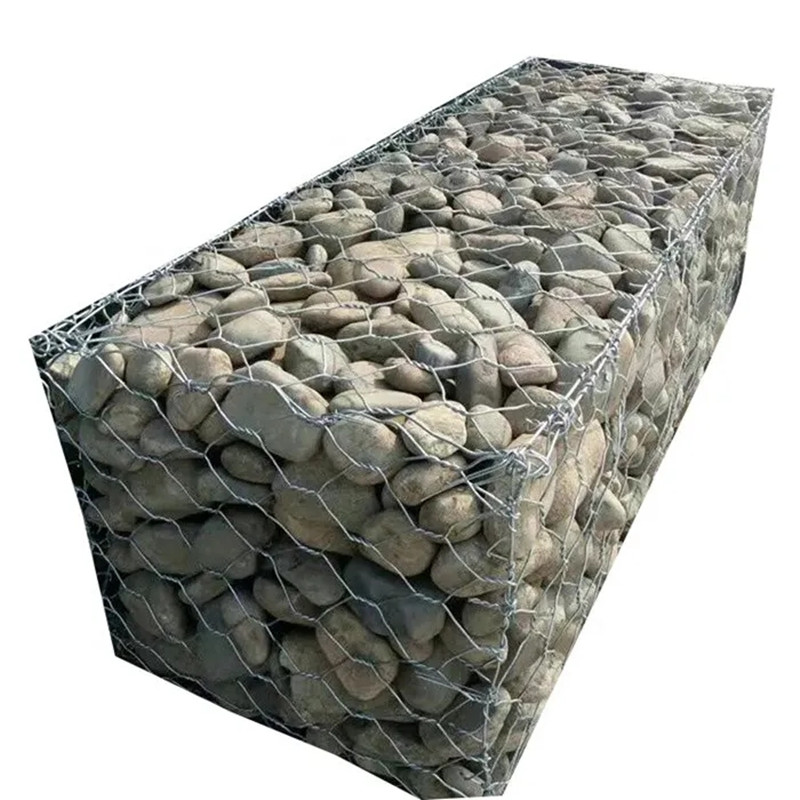Nov . 11, 2024 23:29 Back to list
serrated bar grating factories
Understanding Serrated Bar Grating Factories An Overview
Serrated bar grating, a type of industrial flooring and walkways, has become increasingly popular across various sectors due to its unique design and functional advantages. This article delves into the intricacies of serrated bar grating factories, exploring the manufacturing process, materials used, applications, and benefits of this exceptional product.
What is Serrated Bar Grating?
Serrated bar grating is constructed from a series of load-bearing bars, characterized by a wavy or serrated surface that enhances slip resistance. These gratings are designed to allow for drainage while providing a sturdy surface that can support heavy loads. They are commonly used in industrial settings, such as factories, walking paths, bridges, and other demanding environments.
The Manufacturing Process
The production of serrated bar grating involves several critical steps, each requiring precision and expertise.
1. Material Selection The first step in the manufacturing process is selecting the right materials. Serrated bar gratings can be made from various metals, including carbon steel, stainless steel, and aluminum. The choice of material typically depends on the intended application and environmental conditions. For example, stainless steel is often preferred for environments that require corrosion resistance.
2. Cutting After the material is selected, it is cut into the required sizes using advanced cutting technologies. Waterjet cutting and laser cutting are common methods that ensure precision in producing the serrated bars.
3. Forming the Serrated Pattern The most distinctive feature of serrated bar grating is its surface pattern. This is achieved through a process known as 'serration,' where the bars are subjected to a shaping process that creates the signature wavy pattern. This step is crucial, as the serrated design significantly enhances the grip and slip resistance of the grating.
4. Welding The load bars are then welded onto cross bars to create a structured, open grid. The welding process must adhere to strict quality standards to ensure the integrity and strength of the finished product. Factories often employ automatic welding systems to enhance productivity and consistency.
5. Finishing Once welded, the gratings undergo surface treatments to improve durability and corrosion resistance. This may include methods such as galvanization (coating the metal with zinc), powder coating, or applying anti-slip coatings. These finishing processes not only protect the grating but can also enhance its aesthetic appeal.
Applications of Serrated Bar Grating
serrated bar grating factories

Serrated bar grating is utilized in various industries and applications, including
- Industrial Flooring Its slip-resistant nature makes it ideal for factory floors, especially in areas prone to oil or water spills. - Walkways and Bridges Serrated grating provides secure footing for pedestrians, making it a preferred choice for walkways in industrial locations and pedestrian bridges.
- Platforms and Ramps The high load-bearing capacity of serrated bar grating makes it suitable for platforms and loading ramps that require strength and durability
.- Mezzanines Many factories implement serrated bar grating in tiered structures for additional storage space or operational areas.
Benefits of Serrated Bar Grating
The advantages of serrated bar grating are numerous
- Safety The serrated surface improves traction, reducing the likelihood of slips and falls in hazardous work environments.
- Versatility Serrated bar grating can be customized to fit various projects and specifications, making it highly versatile for different industries.
- Durability High-quality materials ensure that serrated bar gratings can withstand heavy loads and harsh conditions, prolonging their lifespan.
- Easy Maintenance The open design of serrated gratings allows for easy cleaning and maintenance, which is essential in maintaining safety and hygiene in industrial settings.
Conclusion
Serrated bar grating factories play a pivotal role in producing essential industrial materials that contribute to safety and efficiency in various applications. Understanding the manufacturing processes, material choices, and diverse uses of serrated bar grating not only underscores its significance in modern industry but also highlights the expertise involved in its production. As industries continue to prioritize safety and functionality, serrated bar grating will remain a key component in achieving these goals.
-
Hop Dipped Galvanized / PVC Coated Temporary Fence-Anping County Xingzhi Metal Wiremesh Products Co.,Ltd|Durable Temporary Fencing&Versatile Installation
NewsAug.05,2025
-
Hop Dipped Galvanized / PVC Coated Temporary Fence - Anping County Xingzhi Metal Wiremesh Products Co., Ltd|Durable Construction&Versatile Applications
NewsAug.05,2025
-
Hop Dipped Galvanized / PVC Coated Temporary Fence - Anping County Xingzhi Metal Wiremesh Products Co., Ltd
NewsAug.05,2025
-
Hop Dipped Galvanized/PVC Coated Temporary Fence-Anping County Xingzhi Metal Wiremesh Products Co.,Ltd|Durable, Modular, Corrosion Resistant
NewsAug.05,2025
-
Hop Dipped Galvanized / PVC Coated Temporary Fence-Anping County Xingzhi Metal Wiremesh Products Co., Ltd|Durable Surface Treatments&Versatile Applications
NewsAug.05,2025
-
Steel Expanded Metal Mesh Fence: Secure & Durable Perimeter Solution
NewsAug.05,2025



